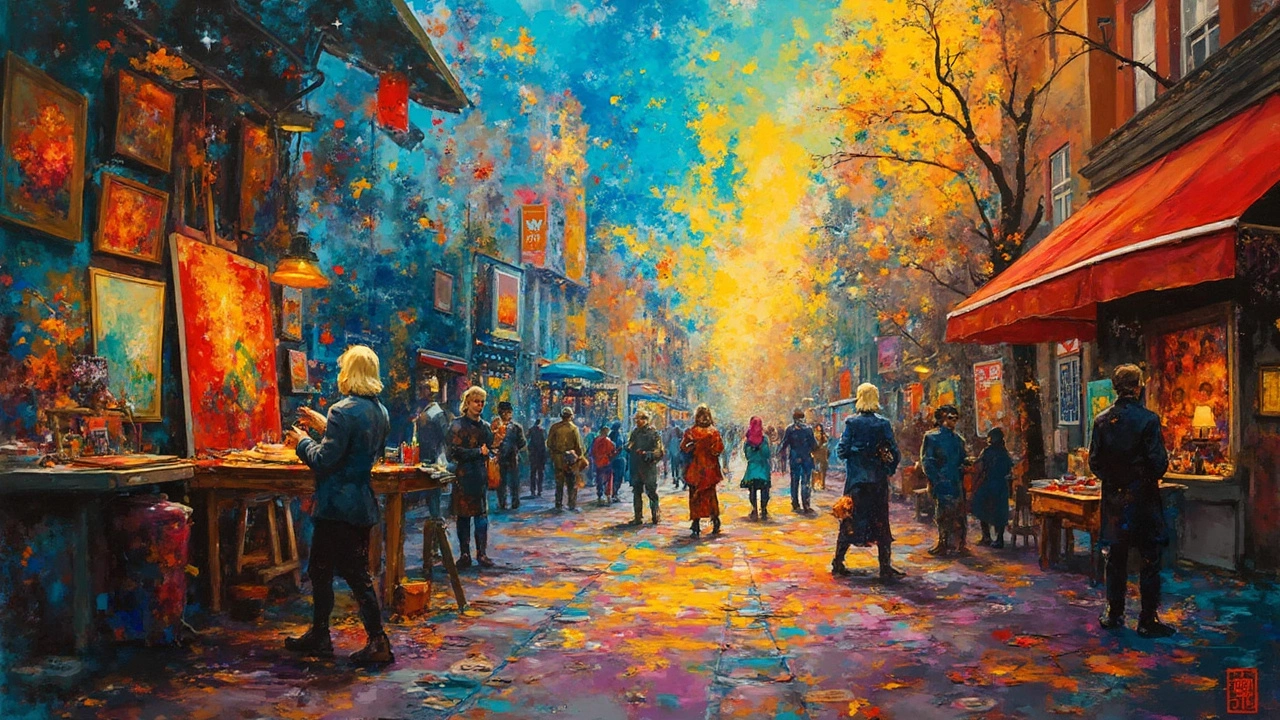Picasso's Most Famous Painting: Why Guernica Captivates the World
4 Jul 2025Explore why 'Guernica' is Picasso's most famous painting. Discover its history, cultural impact, and why it's still talked about worldwide.
Continue reading...When you think of Picasso, you probably picture bold shapes, daring colours and a mind that never stopped experimenting. That spirit shows up in almost every post on our site, whether we’re fixing a paint mistake or choosing the right background for a portrait. Below you’ll find the most useful guides that channel Picasso’s fearless approach, plus quick ways to use them in your own work.
Picasso proved that breaking the rules can create something unforgettable. He moved from realistic portraits to cubist fragments, showing that a single subject can live in many angles at once. For modern artists, that means you don’t have to stick to one style – mix oil, acrylic, sculpture or digital tools and see what clicks. The key lesson is simple: keep experimenting, even if it looks messy at first. That mindset is the backbone of many of our articles, from fixing oil‑painting errors to choosing the perfect landscape palette.
How to Fix Mistakes in Oil Painting – Got a smudge or the wrong colour on a canvas? This guide walks you through wiping, glazing and even scraping dry layers. Use the same patience Picasso showed when he reworked a portrait until every line felt right.
Do Portrait Painters Still Exist? – Portraits were Picasso’s playground early on. The article explains how modern portrait commissions work, what to ask an artist, and how to prepare your subject. It’s a solid cheat‑sheet if you want to create a Picasso‑style face that tells a story.
Easiest Sculptures for Beginners – Picasso loved clay and papier‑mâché. This post gives you three simple projects, the materials you need, and step‑by‑step tips that let you sculpt without a studio. A great way to feel that tactile freedom he loved.
What Does Abstract Art Really Mean? – Moving away from realistic form is a classic Picasso move. The guide breaks down how to read abstract pieces, why they matter, and how you can start making your own abstract statements.
Cheapest Materials for Sculpture – Picasso didn’t wait for pricey supplies; he used trash, wire and cheap plaster. Learn where to find low‑budget alternatives and how to keep quality high while staying cheap.
Each of these posts gives you a practical tool you can pick up right now. For example, if you’re stuck on a colour problem, jump to the "Best Colours for Landscape Painting" guide – the same colour theory Picasso used to create mood in his Blue Period works.
Remember, Picasso’s legacy isn’t about copying his style; it’s about adopting his curiosity. When you face a tricky paint layer, ask yourself: what would Picasso do? Probably experiment, wipe it clean and start again. Use the tips above as a launch pad, and you’ll find your own voice faster than you think.
Ready to try something bold? Pick any of the articles, set a timer for 30 minutes, and apply one new technique to a fresh canvas. You’ll see results, learn fast, and maybe even create a piece that would make Picasso smile.

Explore why 'Guernica' is Picasso's most famous painting. Discover its history, cultural impact, and why it's still talked about worldwide.
Continue reading...
Ever wondered how Picasso fits into the world of abstract art? This article explores whether Picasso's works belong in the abstract art category, considering his unique style and impact. Discover fascinating facts about Picasso's famous pieces, his influence on modern art, and how his work plays with both abstraction and reality.
Continue reading...